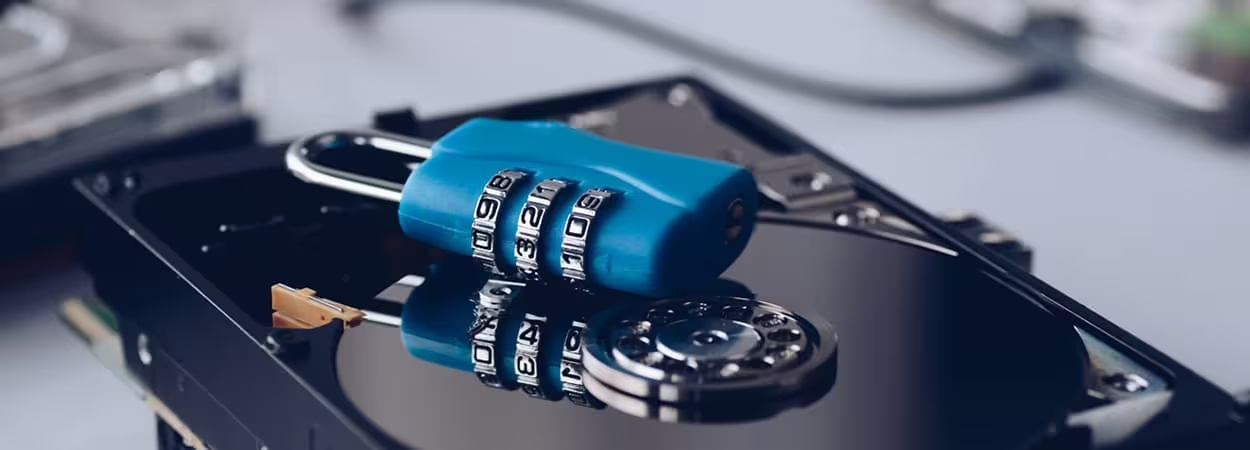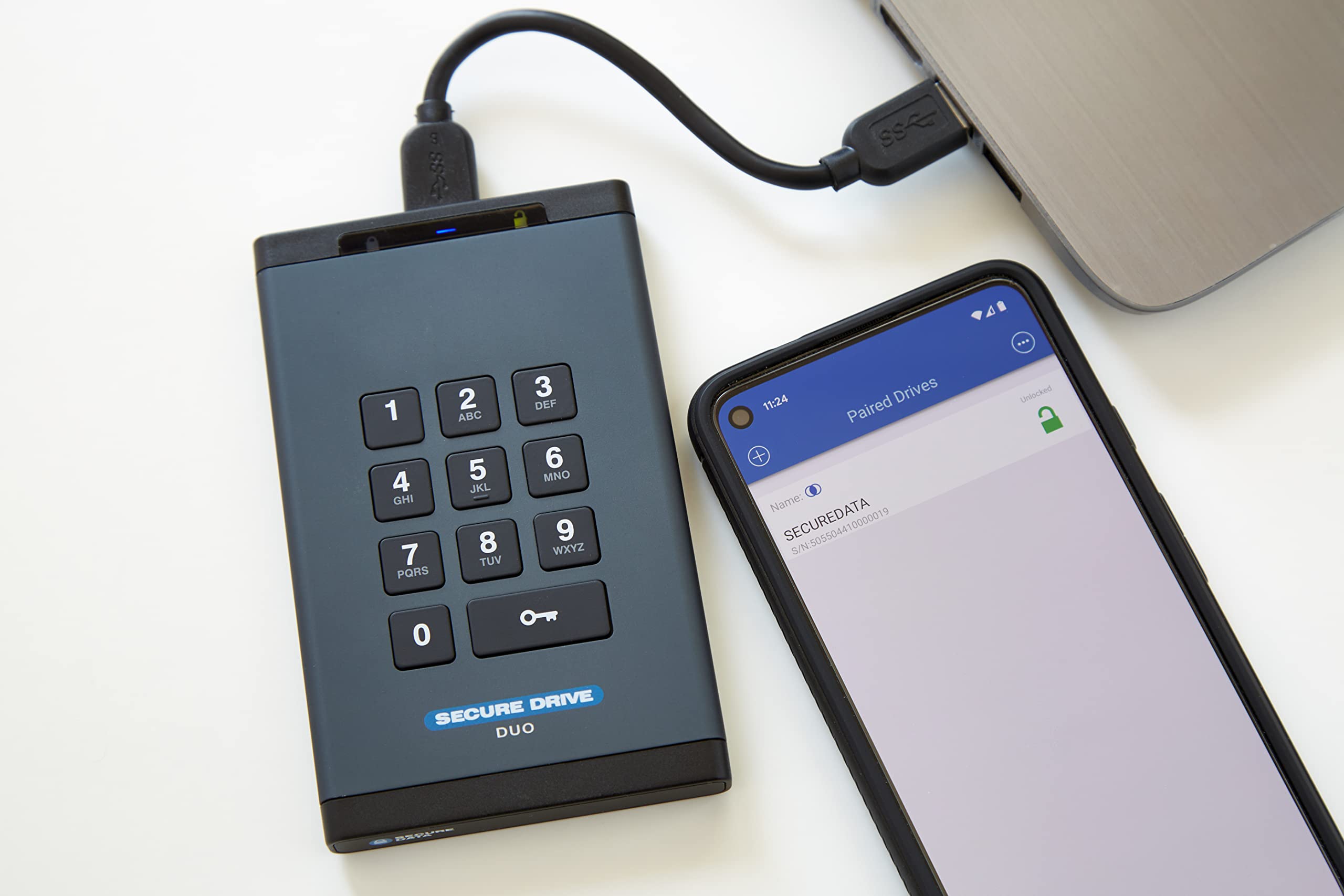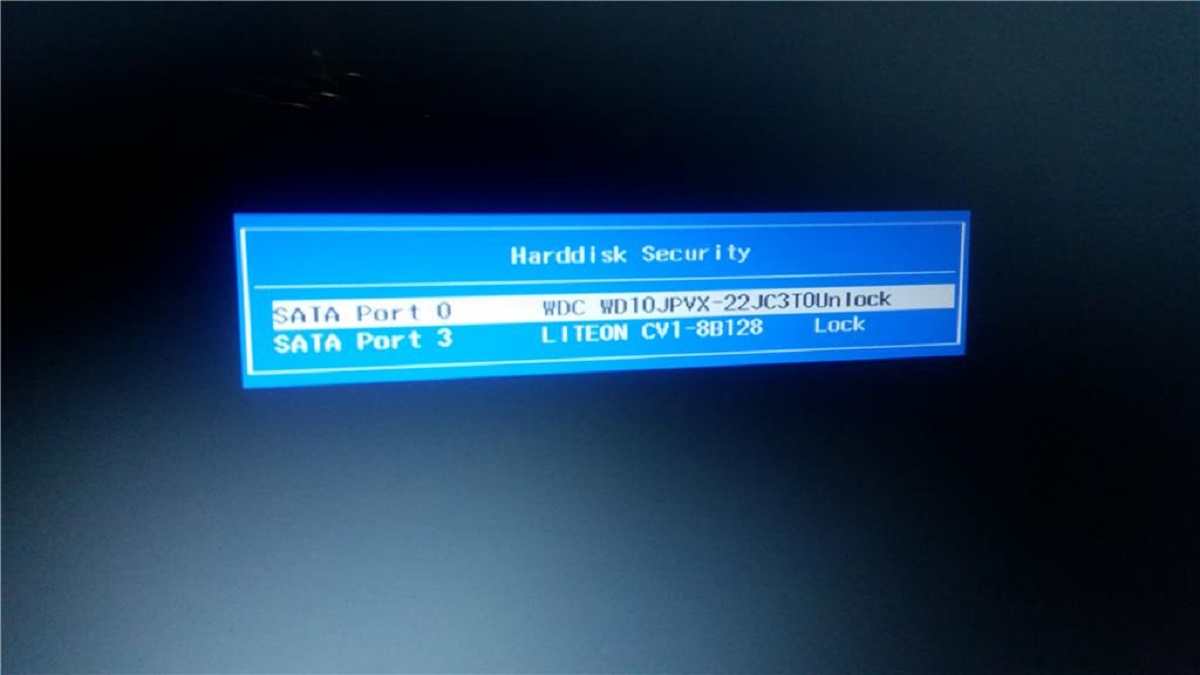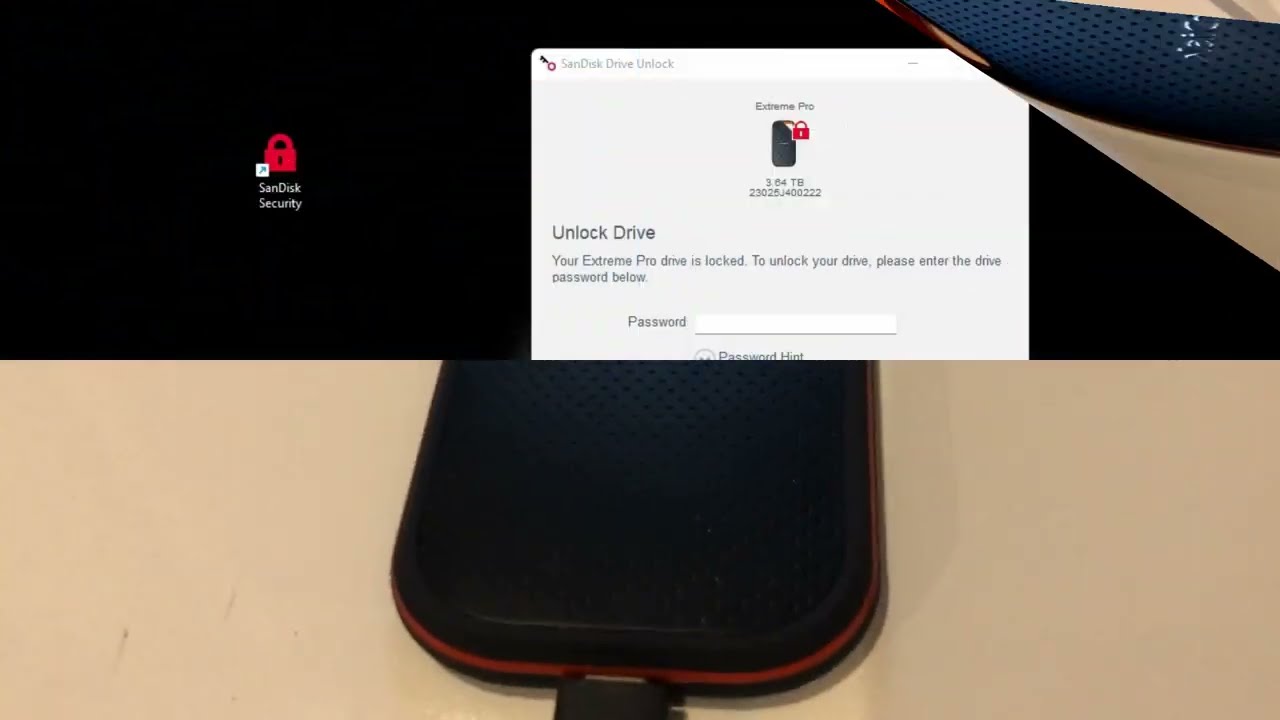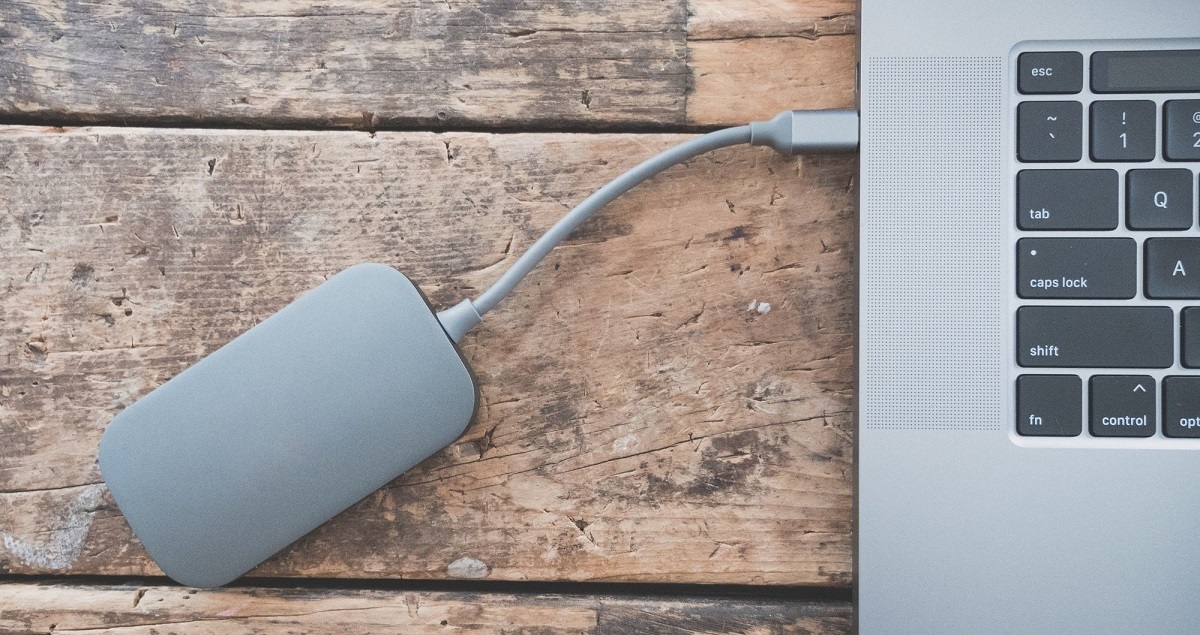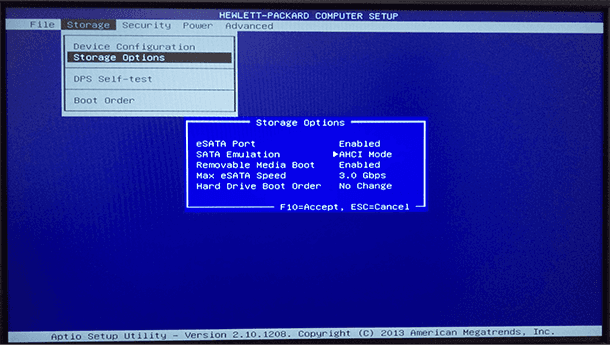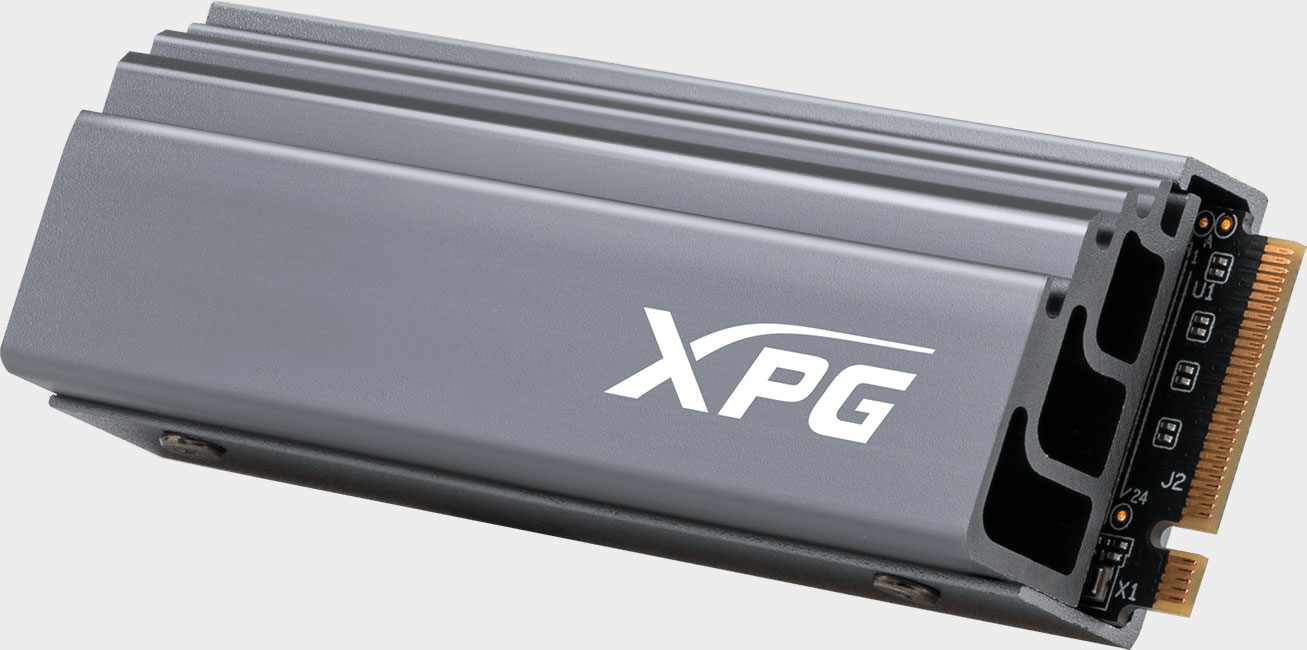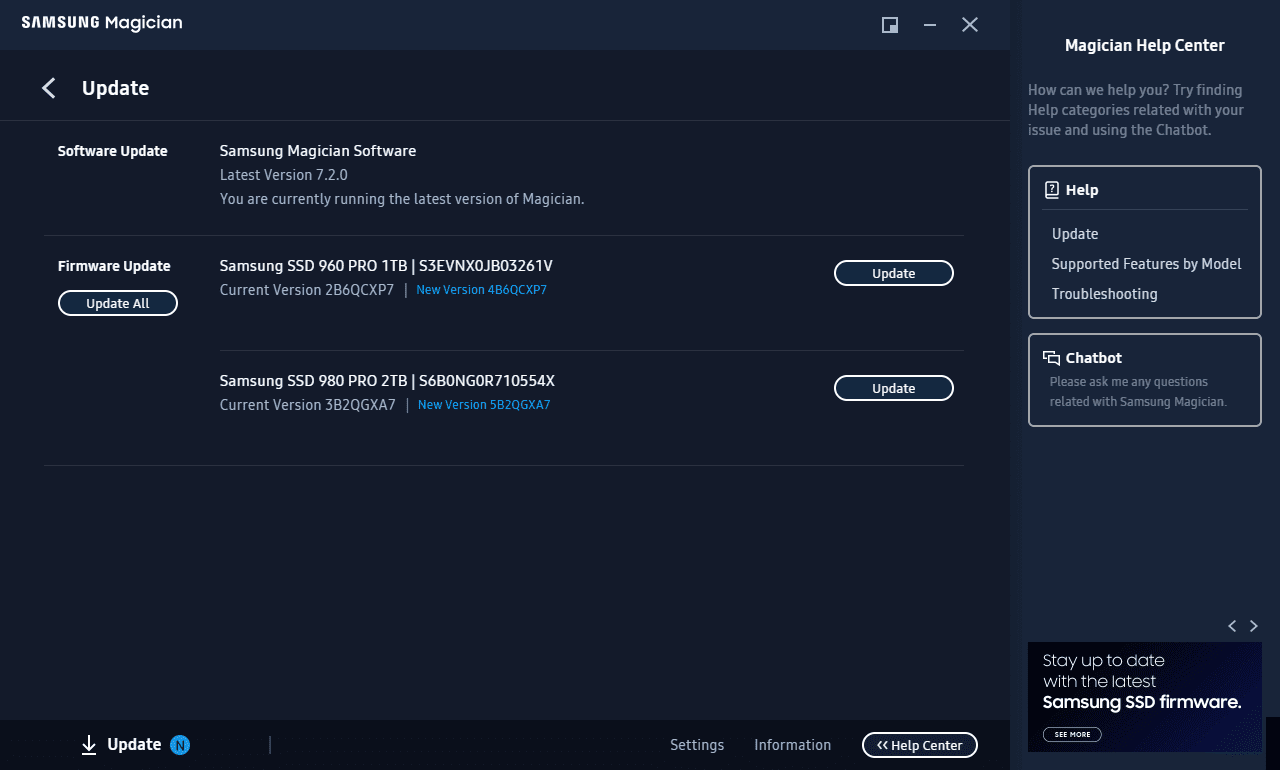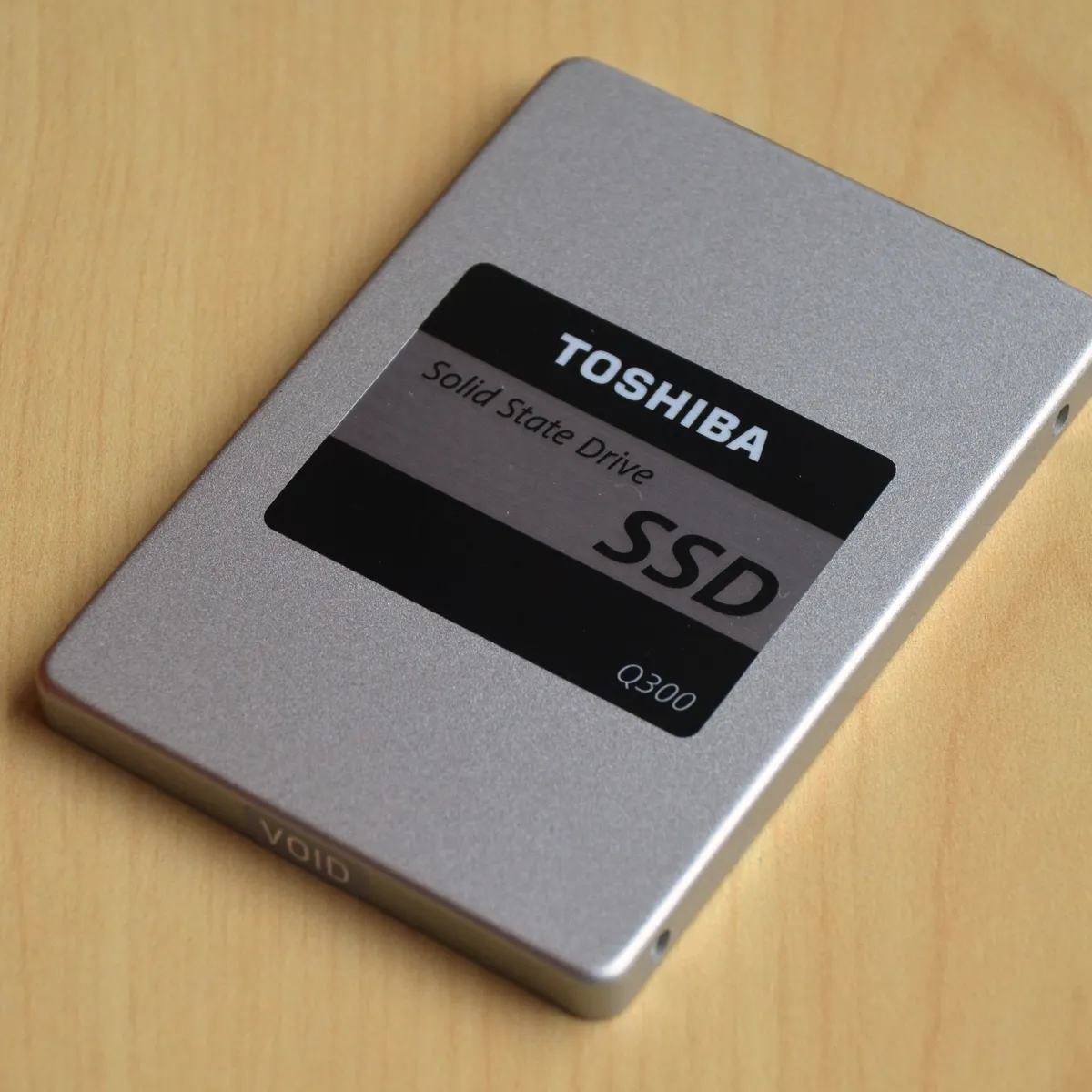Introduction
Welcome to our guide on how to unlock an SSD. As technology continues to advance at a rapid pace, solid-state drives (SSDs) have become increasingly popular due to their superior speed and performance compared to traditional hard disk drives (HDDs). However, there can be instances where an SSD becomes locked, preventing users from accessing their valuable data or making changes to the drive’s settings.
In this article, we will explore the various methods to unlock an SSD and regain control over your device. Whether you are facing issues with a password-protected SSD, encountering errors while booting up your system, or simply need to modify the drive’s settings, we’ve got you covered.
Unlocking an SSD can be a delicate process, and it’s essential to proceed with caution to avoid potential data loss or damage to the drive. We will provide you with step-by-step instructions and precautions to take before attempting any unlocking methods.
Throughout this guide, we will explore multiple methods to unlock an SSD, ranging from using the manufacturer’s software to utilizing third-party solutions. Additionally, we will also discuss how you can unlock an SSD through your computer’s BIOS settings.
It’s important to note that different SSD brands and models may require specific unlocking methods. Therefore, it’s advisable to consult your SSD’s manual or the manufacturer’s website for detailed instructions tailored to your device.
Without further ado, let’s dive into the various methods to unlock an SSD and get your device back up and running smoothly.
What is an SSD?
A solid-state drive (SSD) is a storage device that uses integrated circuit assemblies to store data persistently. Unlike traditional hard disk drives (HDDs) that use spinning disks and a read/write head, SSDs store data on flash memory chips, making them significantly faster and more reliable.
SSDs consist of several key components, including a controller, NAND flash memory chips, and a connector for data transfer. The controller serves as the brain of the SSD, managing functions such as data reading, writing, and error correction. NAND flash memory chips, on the other hand, are responsible for storing data in a non-volatile manner, meaning the data remains intact even when the power is turned off.
Compared to HDDs, SSDs offer numerous advantages. The most notable advantage is their speed. SSDs can access and retrieve data at lightning-fast speeds, drastically reducing the time it takes for your computer to boot up, applications to load, and files to transfer. This speed boost is especially beneficial for tasks that involve heavy data processing, such as video editing or gaming.
In addition to speed, SSDs are also more durable and resistant to physical shock. Since they don’t have any moving parts like HDDs, there’s a lower risk of mechanical failure. This makes SSDs ideal for portable devices, as they can withstand bumps, drops, and vibrations more effectively.
Another advantage of SSDs is their energy efficiency. Compared to HDDs, SSDs consume less power, leading to longer battery life for laptops and lower electricity bills for desktop computers. Additionally, SSDs produce less heat, reducing the need for active cooling systems.
As for the capacity, SSDs are available in various sizes, ranging from a few hundred gigabytes to several terabytes. While they generally have a smaller capacity compared to HDDs, the increasing affordability of SSDs has made it easier to obtain higher storage capacities without breaking the bank.
To sum it up, an SSD is a storage device that offers faster speeds, improved reliability, durability, and energy efficiency compared to traditional HDDs. Its ability to store data on flash memory chips makes it an excellent choice for users looking to boost their system’s performance and improve overall productivity.
Why would you need to unlock an SSD?
There are several reasons why you may need to unlock an SSD. Here are a few common scenarios:
- You have forgotten the password: If you have set a password to protect your SSD, but for some reason, you cannot recall it, you will need to unlock the SSD to regain access to your data.
- System errors preventing access: In some cases, your SSD may become locked due to system errors or glitches. This can result in an inability to access your files or make changes to the drive’s settings.
- Locked bootloader: If you are using your SSD as a boot drive and it becomes locked due to a bootloader issue, you may need to unlock the SSD to fix the problem and allow your system to boot up properly.
- Modifying settings: Some SSDs come with pre-configured settings that may limit certain functionalities or performance. Unlocking the SSD can allow you to modify these settings and optimize the drive according to your specific needs.
Unlocking an SSD in these situations can help you regain control over your device, access your valuable data, and resolve any errors or limitations that may be hindering its performance.
However, it’s important to note that unlocking an SSD should not be taken lightly. It is a process that requires caution and proper understanding to avoid potential data loss or damage to the drive. Before attempting any unlocking methods, make sure to back up your important data to prevent any irreversible consequences.
Now that we’ve covered the reasons why you may need to unlock an SSD, let’s move on to the next section, where we will discuss the precautions to take before proceeding with any unlocking methods.
Precautions before unlocking an SSD
Before you proceed with unlocking an SSD, it is essential to take certain precautions to ensure the safety of your data and the integrity of the drive. Here are some important steps to consider:
- Backup your data: Before attempting any unlocking methods, it is crucial to back up all your important data. This will safeguard your files in case of accidental data loss during the unlocking process. You can back up your data to an external storage device or use cloud-based backup solutions.
- Read the manufacturer’s documentation: Different SSD brands and models may require specific unlocking methods. Consult the manufacturer’s documentation or visit their official website to obtain accurate instructions tailored to your specific SSD model.
- Ensure reliable power supply: Making sure your device has a stable and uninterrupted power supply is vital during the unlocking process. A sudden power outage or interruption can lead to data corruption or drive failure. Consider using a reliable power source or connecting your device to a UPS (Uninterruptible Power Supply) to prevent any potential damage.
- Follow instructions carefully: When unlocking an SSD, it’s important to follow the provided instructions precisely. Deviating from the recommended steps or using incorrect settings can result in data loss or irreversible damage to the drive.
- Use trusted software: If you plan to use third-party software to unlock your SSD, ensure that you download it from a reputable source. Verify the software’s authenticity, read user reviews, and check for any known compatibility issues before proceeding.
- Contact manufacturer support: If you are uncertain about the unlocking process or encounter any difficulties, it’s advisable to reach out to the SSD manufacturer’s support team. They can provide guidance and assistance specific to your device.
- Be aware of warranty implications: Unlocking an SSD may void the manufacturer’s warranty. Consider checking your warranty status and understanding the potential consequences before attempting any unlocking methods.
Taking these precautions will help minimize the chances of data loss or damage to your SSD during the unlocking process. It is crucial to approach the unlocking process with care and attention to ensure a successful outcome without compromising your valuable data.
Method 1: Using the manufacturer’s software
One of the most straightforward methods to unlock an SSD is by using the manufacturer’s software. Most SSD manufacturers provide dedicated software tools that allow users to manage and modify various aspects of their SSDs, including unlocking locked drives. Here’s how to proceed:
- Identify the manufacturer: Determine the brand of your SSD. This information can usually be found on the SSD label or in your device’s specifications.
- Visit the manufacturer’s website: Go to the official website of the SSD manufacturer. Look for the support or downloads section, where you can find software tools specifically designed for your SSD model.
- Download and install the software: Locate the software utility relevant to unlocking your SSD. Ensure that you download the correct version compatible with your operating system. Follow the installation instructions to install the software on your computer.
- Launch the software: Open the software tool you installed. It should detect your SSD automatically but, if not, select your SSD from the available options or specify its model.
- Navigate to the unlocking section: Once your SSD is recognized, look for the option related to unlocking or password management within the software interface.
- Follow the software instructions: Most manufacturer-provided software tools have intuitive interfaces and step-by-step instructions. Follow the prompts to unlock your SSD. This may involve entering a password or performing other authentication steps.
- Confirm and finalize: After completing the unlocking steps, confirm your actions and wait for the software to unlock your SSD. Once the process is complete, you should regain access to your data and have the ability to modify the settings if necessary.
It’s important to note that the exact steps and interface may vary depending on the SSD manufacturer and software tool. Therefore, carefully read any accompanying documentation or help guides provided by the manufacturer to ensure a successful unlocking process.
If you encounter any issues or are unable to unlock the SSD using the manufacturer’s software, don’t worry. There are alternative methods we will explore in the upcoming sections.
Method 2: Using third-party software
If you are unable to unlock your SSD using the manufacturer’s software or if your SSD brand does not provide dedicated unlocking tools, another option is to use third-party software. There are several reputable third-party solutions available that offer SSD unlocking capabilities. Here’s how you can unlock your SSD using third-party software:
- Research and choose a trusted software: Look for reputable third-party software tools specifically designed for unlocking SSDs. Read reviews, check user ratings, and ensure that the software is compatible with your SSD brand and model.
- Download and install the software: Visit the official website of the selected third-party software and download the appropriate version for your operating system. Follow the provided instructions to install the software on your computer.
- Launch the software: Open the software tool after it is installed. It should detect your SSD automatically, but if not, look for an option to select your SSD or specify its model within the software interface.
- Locate the unlocking feature: Once your SSD is recognized, navigate through the software’s interface to find the option related to unlocking or password management.
- Follow the software instructions: Pay close attention to the step-by-step instructions provided by the software. Enter any required details, such as passwords or authentication codes, as prompted by the software.
- Perform the unlocking process: Proceed with the unlocking process as directed by the third-party software. This may involve various authentication steps to verify your identity and authorize the unlocking of your SSD.
- Confirmation and completion: After completing the unlocking process, confirm your actions and wait for the software to unlock your SSD. Once the software indicates that the process is complete, you should regain access to your data and have the ability to modify the settings if needed.
It’s important to note that third-party software tools are developed by independent vendors, and their interfaces and functionalities may differ. Therefore, it is crucial to carefully read the documentation provided with the software and follow the recommended steps for unlocking your SSD.
Additionally, it’s recommended to download third-party software from trusted sources to ensure the security and reliability of the tool. Always be cautious when downloading and installing software from the internet, and use reputable sources to minimize the risk of downloading malicious or incompatible software.
If the third-party software fails to unlock your SSD or if you prefer to explore other methods, don’t worry. In the next section, we will discuss an alternative method that involves unlocking the SSD through BIOS settings.
Method 3: Unlocking an SSD via BIOS settings
If you are unable to unlock your SSD using the manufacturer’s or third-party software, an alternative method is to access the BIOS settings of your computer and unlock the SSD from there. Here’s how you can unlock your SSD via BIOS settings:
- Restart your computer: Start by restarting your computer. As soon as the screen lights up, look for the key or combination of keys (such as F2, F10, or Del) required to access the BIOS settings. This key or combination may vary depending on your computer’s manufacturer.
- Enter BIOS settings: Once you identify the correct key or combination, press it repeatedly while the computer boots up to enter the BIOS settings. This should bring you to a blue or black screen with various configuration options.
- Navigate to storage options: Look for the “Storage” or “Advanced” section within the BIOS settings. The exact location and name may vary depending on your computer’s BIOS version.
- Locate the locked SSD: Within the storage options, find the listing for your locked SSD. It may be labeled with the brand name or model number of the SSD.
- Modify the SSD’s security settings: Select the locked SSD and navigate to the security settings for the drive. Look for an option to disable the drive’s security, remove any passwords, or unlock the SSD.
- Apply changes and exit: Once you have made the necessary modifications to the SSD’s security settings, save the changes by pressing the appropriate key (usually F10) and exit the BIOS settings.
- Restart your computer: After exiting the BIOS settings, allow your computer to restart. If the SSD unlocking process was successful, you should now be able to access your data and use the SSD as normal.
It’s important to note that accessing and modifying the BIOS settings can be complex and vary based on your computer’s manufacturer and BIOS version. The interface and options may differ, so it’s crucial to refer to your computer’s documentation or the manufacturer’s website for specific instructions.
Additionally, be cautious when making changes in the BIOS settings as incorrect modifications can potentially cause system instability or other issues. If you are unsure about any settings or hesitant to make changes, it’s advisable to seek assistance from a knowledgeable technician or the manufacturer’s support team.
If you are still facing issues unlocking your SSD via BIOS settings or prefer not to modify the BIOS configuration, in the next section, we will discuss the option of contacting the SSD manufacturer for assistance.
Method 4: Contacting the manufacturer for assistance
If you have tried the previous methods and are still unable to unlock your SSD, or if you feel uncomfortable attempting the unlocking process yourself, it’s recommended to reach out to the manufacturer for assistance. Here’s how you can contact the manufacturer for help:
- Gather necessary information: Before contacting the manufacturer, gather all relevant information about your SSD, such as the brand, model number, and any error messages you may have encountered. This will help the manufacturer’s support team better understand your situation.
- Visit the manufacturer’s website: Go to the official website of the SSD manufacturer. Look for the support or contact section, where you can find information on how to get in touch with their customer support team.
- Choose the appropriate contact method: Manufacturers usually offer multiple contact channels, such as phone, email, or live chat support. Choose the contact method that is most convenient for you and suits your preference.
- Provide detailed information: When contacting the manufacturer’s support team, provide them with the relevant details about your issue and attempts made to unlock the SSD. Be as specific and detailed as possible to help them understand your situation accurately.
- Follow their instructions: The manufacturer’s support team will guide you through the necessary steps to unlock your SSD or provide alternative solutions. Follow their instructions carefully, provide any requested information, and ask for clarification if needed.
- Provide proof of purchase or warranty information: In some cases, the manufacturer may require proof of purchase or warranty information to assist you further. Have this information readily available for reference during the support process.
- Follow up if necessary: If the initial contact does not resolve your issue, follow up with the manufacturer’s support team to provide updates or request additional assistance. Patience and polite communication can help facilitate a satisfactory resolution.
When contacting the manufacturer for assistance, it’s important to be aware that response times may vary, depending on the manufacturer’s policies and workload. However, they are typically equipped with the knowledge and resources to help you resolve your SSD unlocking issue.
Remember, contacting the manufacturer’s support team is a reliable option, especially if you have exhausted other methods or if your SSD is still under warranty. They can provide expert guidance tailored to your specific SSD model and offer personalized solutions to address your situation.
In the next section, we will summarize the methods discussed in this guide and provide some closing thoughts.
Conclusion
Unlocking an SSD can be a challenging task, but with the right knowledge and approach, you can regain access to your data and modify the drive’s settings. In this guide, we explored various methods to unlock an SSD, including using the manufacturer’s software, utilizing third-party software, accessing BIOS settings, and contacting the manufacturer for assistance.
Before attempting any unlocking methods, it’s crucial to take precautions. Back up your data, read the manufacturer’s documentation, ensure a stable power supply, and follow instructions carefully to minimize the risk of data loss or drive damage.
If you can, start with the manufacturer’s software, which is often specifically designed for the brand and model of your SSD. If that doesn’t work, consider third-party software tools that offer SSD unlocking capabilities. This option provides flexibility for different SSD brands and models.
If those methods don’t work or you prefer not to modify the BIOS configuration, try accessing the SSD via BIOS settings. This method requires careful navigation and understanding of your computer’s BIOS interface.
If all else fails, consider contacting the SSD manufacturer for assistance. Their support team can provide guidance tailored to your specific situation and offer personalized solutions to resolve the locking issue.
Remember, unlocking an SSD requires caution, patience, and attention to detail. Always prioritize data backup, follow instructions carefully, and seek professional help if unsure or uncomfortable with the process.
We hope this guide has provided you with valuable insights and options for unlocking an SSD. Regardless of the method you choose, unlocking your SSD will enable you to regain control over your device, access your data, and optimize its performance.
Best of luck in unlocking your SSD and getting back to smooth and efficient computing!







